Dog Parks: Why They Are A Bad Idea
Using Dog Parks the Proper Way
Dog parks can be dangerous but they can serve a purpose. We use dog parks as distractions in order to proof our obedience exercises. In the video above, Michael Ellis demonstrates how to utilize dog parks without putting his dog in harm's way. Watch as Michael works his dog, Pi, on positions and heeling while two dogs are running and fence fighting right inside the park. Michael never goes inside the dog park. Instead, he stays outside the fence and uses the other dogs to proof his obedience through distractions.
Introduction
This article will detail four topics concerning dog parks:
- The original purpose of dog parks
- The problems and dangers of taking your dog to a dog park.
- How to prepare for a dog park
- How to handle and protect your dog while in the dog park
The Purpose Of A Dog Park
It would seem obvious that a dog park is a place for people who don't have a lot of personal space to take their dog for exercise. The perfect example would be apartment dwellers or people who live in big cities.
The second and possibly more common reason (which I disagree with) is that a dog park is a place for a dog to socialize with other dogs.
The Dangers of Dog Parks
Every couple of days I get an email from someone asking about problems with their dogs being attacked when they are on walks or running loose at one of the local parks that many cities set up.
People also question me on how to deal with overly aggressive dogs that belong to other pet owners. They also question me about their own dogs not trying to defend themselves when approached by a seemingly aggressive dog. Some people want to know if they should just let the dogs work these problems out themselves.
I want to go on record as saying that the concept of "Dog Parks" was well-intended but a bad idea, especially when dogs are allowed to run off-leash. The main problems all stem from people who don't understand and have not established pack structure with their dogs. This means their dogs are out of control.
The average dog owner does not take the time to understand, much less, establish pack structure. They don't know how strong the pack instincts are in their family pets. These drives can and often do click into high gear when a dog is taken into a park with strange dogs.
When a new dog comes into a park that other dogs visit every day, the new visitor is often seen as an intruder into "the personal territory" of the regular visitor. More often than not, they are not seen as a friend. This often leads to either territorial aggression, dominance aggression, or fear aggression.
Dog Packs in the Park
When a group of dogs (3 or more) are allowed to run together in an area where there are no strong pack leaders (human pack leaders), they instinctively try to establish a rank order (or pecking order). If there are several dogs that want to assume a certain rank within this new pack, there are often problems. Too often this results in dog fights to determine what rank a dog will assume.
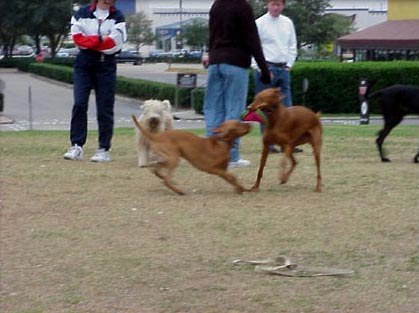
It is a mistake to assume that every dog in the park is a well-mannered, well-trained pet. Just because it plays with other dogs does not mean that it will play with your dog. The issue of rank has already been settled with these other dogs and the game may be going according to their rules. Your dog will not know the rules and can easily get into trouble. Too often when a fight breaks out between your dog and the leader of this pack, the other dogs in the pack will also jump in and go after your dog.
I get emails from people who are disappointed in their puppy or young dog because it shies away from other dogs and shows avoidance to these strange dogs they meet on walks or in parks. These people completely misunderstand pack structure, many don't even know that it exists.
The vast majority of dogs don't want to be pack leaders. They are perfectly happy with their owners assuming the position of leader. As such, these dogs expect their pack leader (their owner) to protect them. That's why these dogs will run to their owner when they feel threatened by another dog. When a handler does not protect his dog, the dog is in conflict and loses confidence. When the owner ignores the perceived threat, their dogs often move into fight or flight.
When you stop to think about it, normal people would never expect their young children to fight adults that were threatening their home. So why do people expect their young dogs to show aggression to older dogs? In most cases, the owners simply lack the understanding of pack drive and dog training. People get caught in the trap of thinking they have a German Shepherd from working police bloodlines and "BY DOG" it should be tough! Well, it doesn't work that way.
When new owners assume the position of pack leader and they do everything right when their pup is young, the dog will grow up to be a confident adult dog. When owners drop the pack structure ball, their dogs grow up to be basket cases (either overly aggressive or fearful). This is the reason I never guarantee temperament in the pups I used to sell. Too many people lack the common sense or experience to properly raise a dog.
How to Handle Your Dog in the Dog Park
When your dog is approached by a dog that looks like it may be aggressive, YOU (not your dog) needs to take the aggressor's role.
Dogs that have the potential to be aggressive are going to have a stiff body. Their legs will be stiff and often their tail will be straight up in the air or straight back (never tucked under the stomach - that's a submissive posture). When another dog does this, it's to make itself look bigger and stronger.
Dominant dogs will T-OFF on your dog. That means standing at your dog's shoulder and put their muzzle over the shoulders of your dog. This is a dominant display. When you see this:
- Tell the dog's owner that he or she needs to get control of their dog.
- If this does not work, then it's time to leave the park. If there was any aggression, you may want to file a complaint or police report. Make sure you indicate that you were concerned for your personal safety and your dogs.
- If the situation has moved beyond the point where you can't leave, then you need to take things into your own hands. Verbally tell the dog in a deep voice to get out of there. Usually, (not always) this is enough to make the dog back off. When that happens, you need to determine if you have solved the problem or if you need to leave. Always err on the side of safety.
- I would not go to a dog park without a walking stick or a can of pepper gas. If you are not familiar with how to safely break up a dog fight without getting hurt, you need to familiarize yourself with what to do. (Read the article or listen to the podcast I have done on this).
- What I do may not be possible for many people with less experience. But if a stray dog were to get aggressive with my dog and I could not verbally threaten the dog to make it move on, I would attack the dog with the stick. I can hear several people rolling their eyes as they read this, but the fact is, by this point, retreat is not an option and I would not allow my dog to be hurt. Often, one good hard hit right between the ears will deter most dogs. If you don't have the confidence to do this, call the authorities because this dog does not belong in the park.
- If another dog attacks your dog, you need to do what I explain in my article on How to Break Up A Dog Fight. If I were to walk a dog in the city, I would not do it without a can of pepper spray to use on any dog that even looks cross-eyed at my puppy. I would not hesitate to physically go after a dog that approaches my pup. The only ones that would be allowed to come close would be dogs I know for a fact are well-mannered, friendly souls that will be tolerant and play with my puppy.

While some breeds are predisposed to fight more than others, every breed has its own bullies. There are too many people out there that don't come close to the label of being a “responsible pet owner.” With the number of fighting breeds growing, the risks of taking your pet to one of these parks is growing every day.
Pet owners should know that once a puppy or adult dog has been attacked by another dog, it will become a dog aggressive animal itself. This only has to happen one time for a permanent temperament change to occur in some animals. You will quickly find that dog aggression is a real pain in the rear.
Finally, if your dog is a bully and is aggressive to other dogs, you need to explain to him that this is unacceptable behavior. Softer dogs can get the message with a simple verbal reprimand while other dogs need to have serious corrections. These corrections can come from prong collars, dominant dog collars, or in some cases, a remote collar. (One should only use a remote collar after they have had the proper training).
The correction for serious dog aggression needs to be so hard enough that the dog remembers it the next time it thinks about being aggressive.
The bottom line for professionals is that the correction needs to be so severe that the idea of fighting or showing aggression is not as strong as the respect (or fear) of what happens when he does not mind. For these dogs, the presence of another dog is a big distraction, but they need to understand that if they allow this distraction to take control, then the punishment will be swift and severe. Once they understand this simple concept, they will become much better dogs.
Giving a dog this kind of correction is often not a pretty sight. Many people do not have the temperament or skill to do it correctly. They simply cannot bring themselves to correct at an effective level. Dog fights are serious business and these people should either seek professional help or find a new home for their dog aggressive dog.
In my opinion, one of the most effective tools for trainers who want to learn how to administer corrections at a level beyond their normal strength level (i.e., a small woman with a large dog) is to learn to train with a remote collar. I have produced a training DVD titled Remote Collar Training for the Pet Owner which covers the foundation of collar training.
If you have a dog that needs a little help with distraction training, I would direct you to my training video on Basic Dog Obedience. This video will guide you through normal distraction problems. It will explain the principles of correction and how to read a dog's temperament to determine what level of correction to use. You can also take your dog's obedience to the next level with Intermediate Dog Obedience
People with dominance problems in their dog should never bring their dog to dog parks until they have the dominance issues under control. I tell people "If you can't control your dog at home or on a walk, how will you ever control this dog when it's in a dog park with 20 other dogs?"
If you have a dominant dog, I recommend my online course Dealing with Dominant and Aggressive Dog.
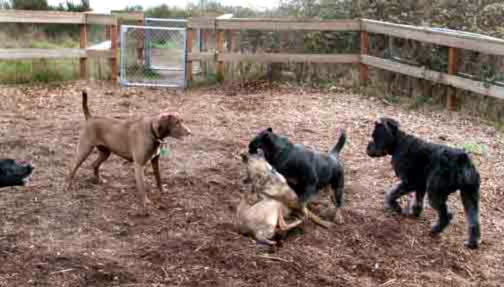
Recommendations to make dog parks safer places:
While I am lucky to live in a small community and have acreage to exercise and train, I know that others that live in large cities don't have an option to where they can go with their dogs. The following information is designed to help people make dog parks a safer place.
Dogs should pass a test before being allowed in a dog park. In my opinion, communities should establish and set up tests that pet owners must pass before dogs are allowed off-leash into these dog parks.
The tests should demonstrate the off-leash control owners have over their dogs while the dogs are faced with extreme distraction. In other words, the owners need to be able to call their dogs back away from a group of several dogs that are playing.
Dogs that can't pass these tests should not be allowed off-leash in the parks.
These tests should include a knowledge of how to deal with dog fights.
There should be parks for small dogs and parks for large dogs. Allowing very small dogs to run with large dogs can be a very dangerous situation for the small dog. The average pet owner has no idea how to break up a dog fight. They also can't comprehend how quickly a large dog can kill or seriously injure a small dog.
Be a responsible handler. There are some basic common sense rules that good owners should follow when they use a park.
- When at the park and a dangerous or out-of-control dog shows up, leave the park. While you may feel you have the right to be there, you gain nothing by pushing your limit and risking a dog fight.
- Go to the park during off-peak hours. You will learn when the quiet times are. Those are the times to be there with your dog. If you dress for the wind and rain, there is nothing wrong with having the entire park to yourself.
- When a dog pile or dog fight occurs, immediately call your dog away from the pack. There is nothing wrong with using a remote collar and practice calling your dog away from chasing a group of dogs.
- There is nothing wrong with teaching your dog that you are more fun than other dogs at the dog park. When you go, play the games your dog loves away from the dog pack.
- When your dog is off-leash at the park, 100% of your focus should be on your dog.
- If you wish to socialize with other dog owners, that's fine. Just do it when you have your dog on a leash.
- Don't make the dog park the only out-of-the-home experience for your dog. Take it for walks, take it swimming (when possible), play or train in different locations. People who only take their dog to a dog park set themselves up for a dog that will get out of control. Dogs with a lot of energy who only go to the dog park will take the attitude of “USE IT OR LOSE IT” which means they can get wild.
- In my opinion, people should learn how to use a remote collar. Remote collars are invisible leashes. They should study my low-level stimulation training and understand when they can and cannot use a collar in a dog park. (Don't use a collar in the middle of a dog fight, the dog will think that his opponent is causing the stimulation and fight harder).
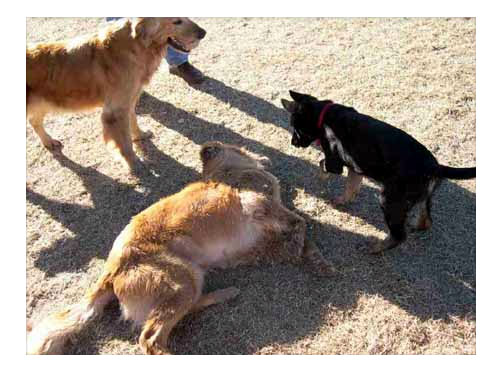




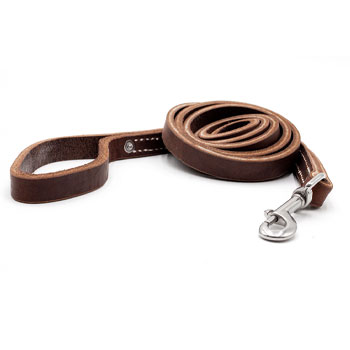
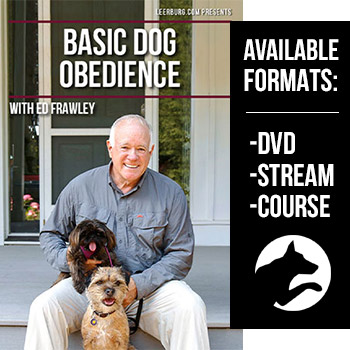
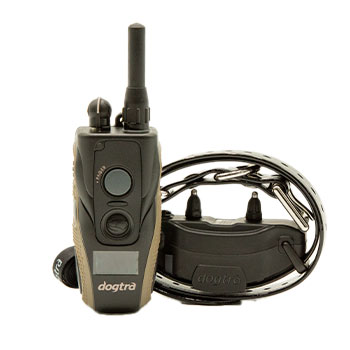
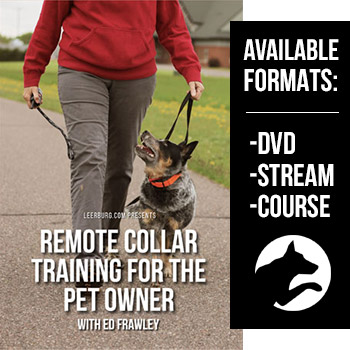

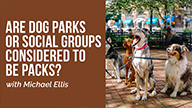
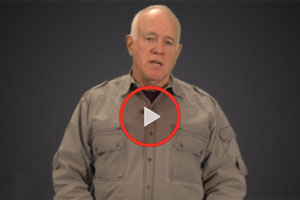
Ask Cindy.